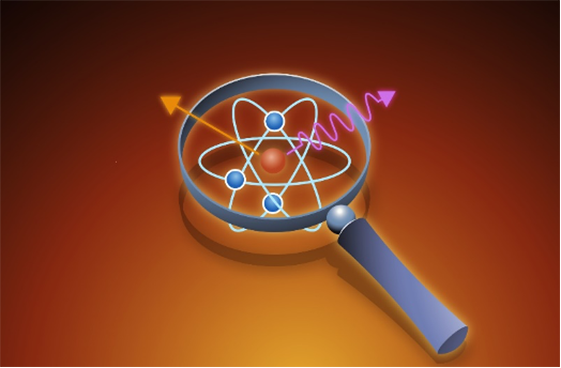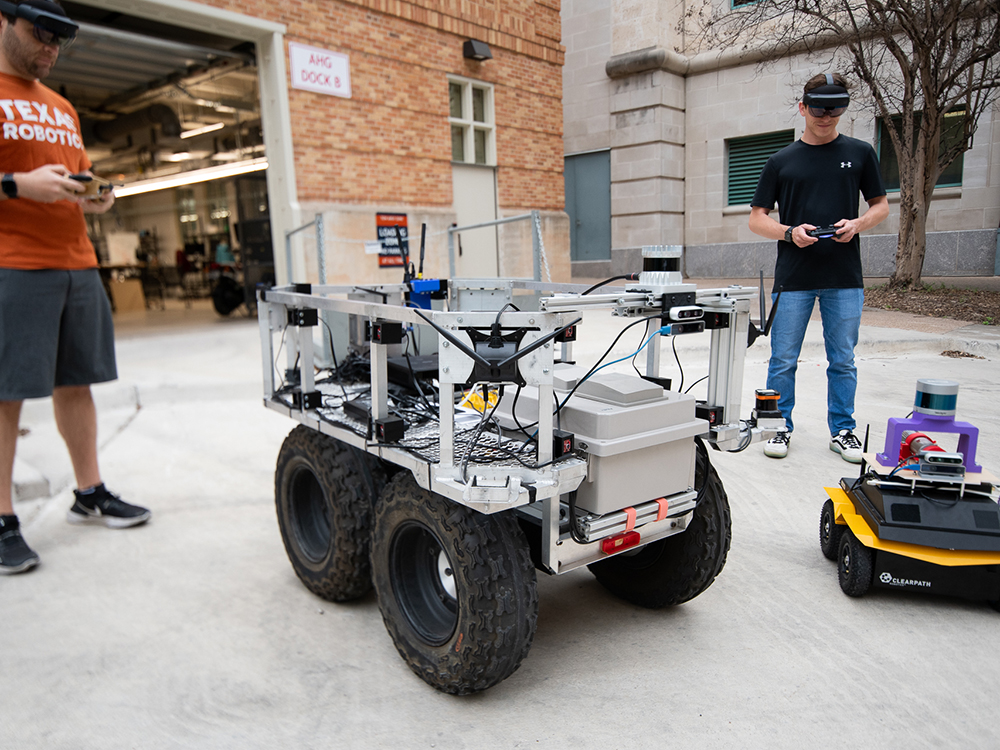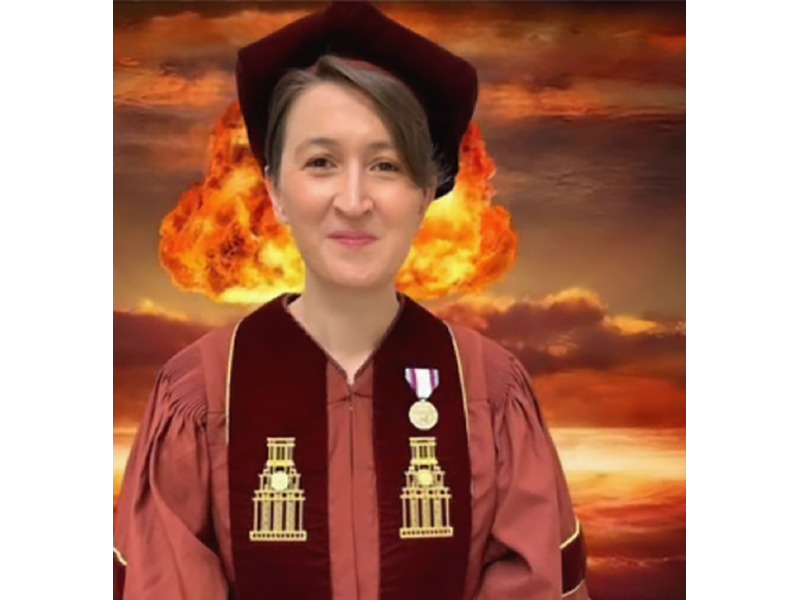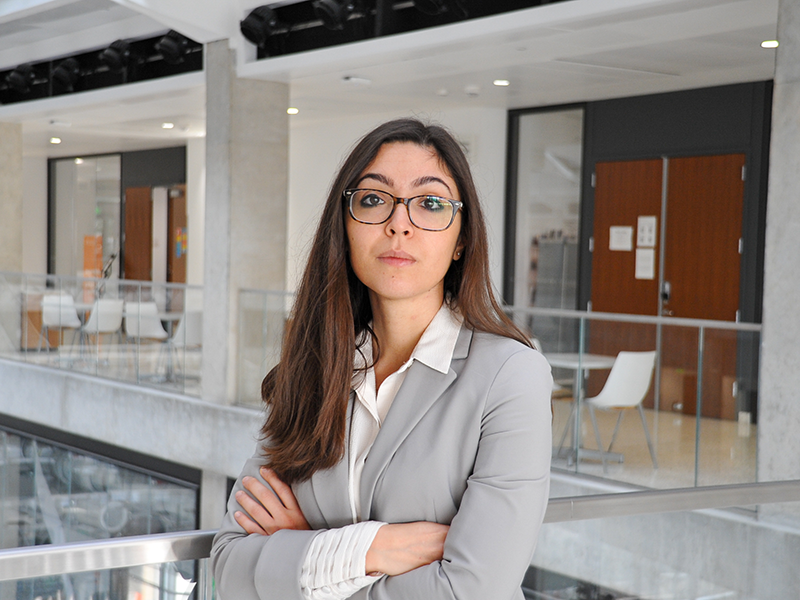Providing education, research, problem-solving, and service in nuclear science and engineering

RadLab
The RadLab at The University of Texas at Austin focuses on research using radiation and radioactivity to improve security and quality of life.
Learn More

Reactor
The NETL reactor, designed by General Atomics, is a TRIGA Mark II nuclear research reactor. The NETL is the newest of the current fleet of U.S. university reactors.
Learn More

Robotics
The Nuclear and Applied Robotics Group is an interdisciplinary research group whose mission is to develop and deploy advanced robotics in hazardous environments in order to minimize risk for the human operator.
Visit NRG
Home
$20M+
In funding for molten salt reactor development
60+
Graduate students
$1.7M
Research expenditures per tenured/tenure-track faculty in FY23
News
Graduate Student Presents Poster in Budapest

Graduate student Nick Kaitschuck makes a poster presentation of research work done with Dr. Landsberger on the optimization of rare-earth elements characterization at the Modern Trends in Activation Analysis conference in Budapest, Hungary May 6-10. Nick also gave an oral presentation on the use of Compton suppression in preparation of cellulose reference materials.
PhD Student Receives Award for Exceptional Public Service

Justine Davidson who received her PhD in spring 2024 has been given a Citation to accompany the Award of the Office of the Secretary of Defense Medal for Exceptional Public Service. Justine is an employee of Los Alamos National Laboratory and spent several in Washington DC was recognized for exceptional public service as Senior Scientific Advisor to the Office of the Deputy Assistant Secretary of Defense for Nuclear Matters, Office of the Under Secretary of Defense for Acquisition of Defense for Acquisition and Sustainment, from April 2021-April 2024.
Radiological Imaging and Instrumentation Taught by Elena Zannoni

For the first time, new Assistant Professor Dr. Elena Zannoni taught the M E 397 Radiological Imaging and Instrumentation course in the 2024 spring semester in the Nuclear and Radiation Engineering Program. The course gives an overview of modern imaging techniques and instrumentation in three segments: physical and mathematical foundations, transmission imaging and emission imaging.
Christopher Martin Wins Award

Christopher Martin wins second place at the State of Texas Chapter of the Health Physics Society meeting on April 20, 2024, at Texas A&M in College Station. Christopher’s presentation was Rapid, High Accuracy and Precision Analysis of Uranium Content in Texas Ore using self-attenuation gamma-ray spectroscopy. This work is sponsored by Los Alamos National Laboratory’s Nuclear Material Support Services (NPI-9).
Sheldon Landsberger Guest Lectures in Serbia

Dr. Landsberger gave a series of five invited lectures in the Department of Physics at the University of Novi Sad, Serbia during the week of April 15, 2024. The series was entitled Nuclear Physics, Nuclear Science and Nuclear Engineering. Lecture topics included neutron activation analysis, pop-culture goes nuclear, radioactivity in the oil exploration sector, low-level gamma ray counting, development of experiments in health physics to reinforce basic radiation protection concepts, and coincidence and anti-coincidence gamma ray spectroscopy in radionuclide identification. The Department of Physics has very advanced techniques in coincidence gamma-ray spectroscopy. Further educational and research collaboration was discussed.

